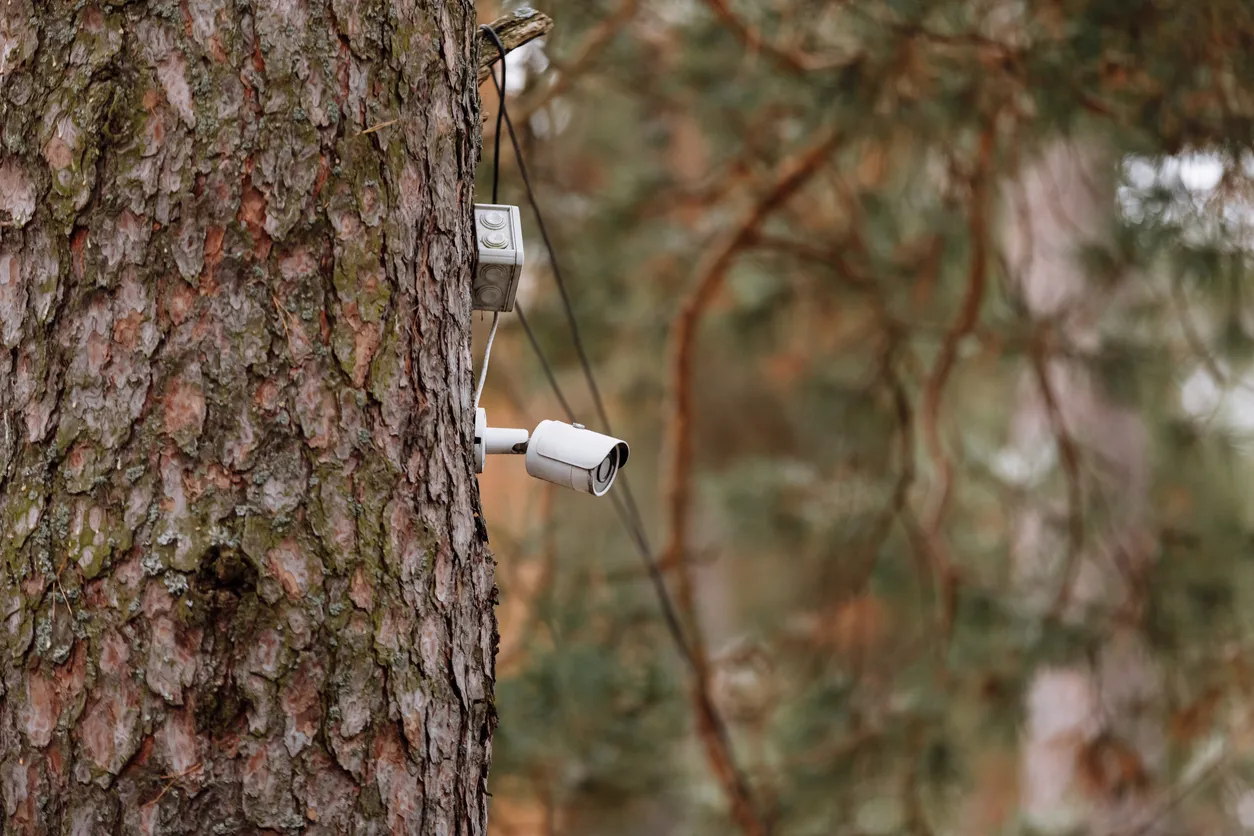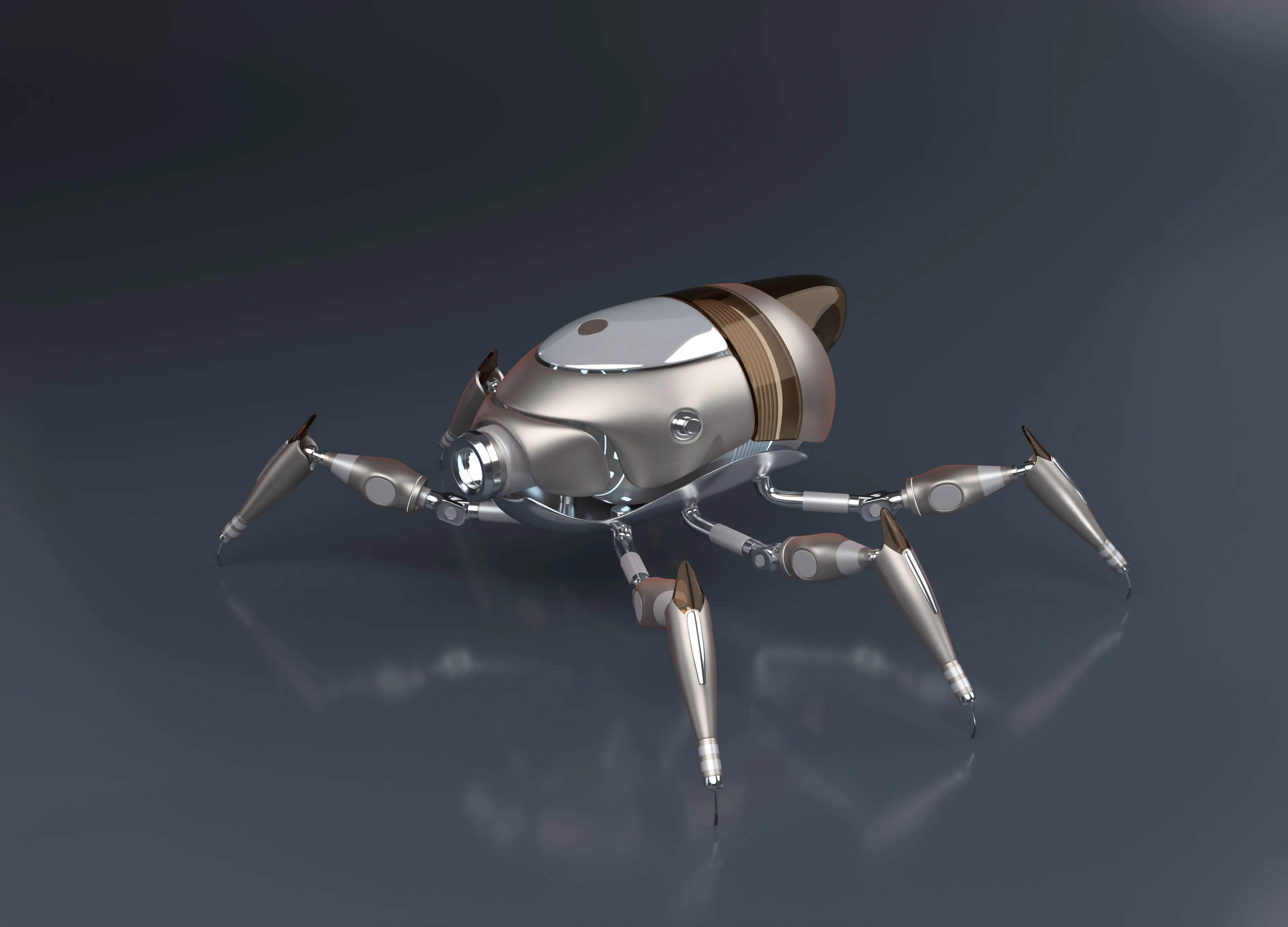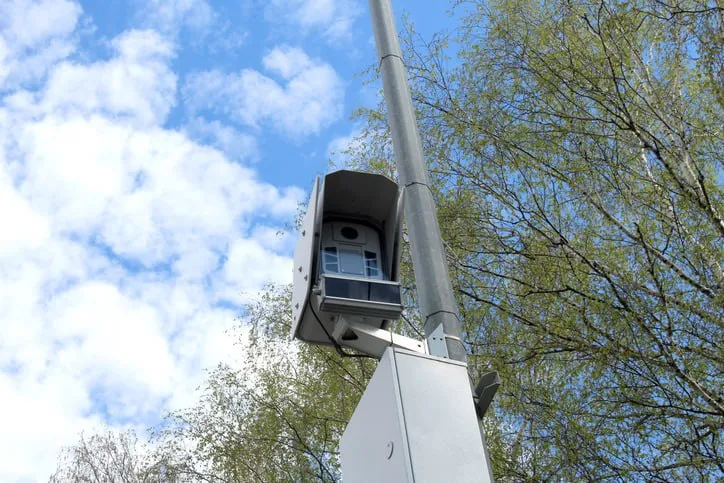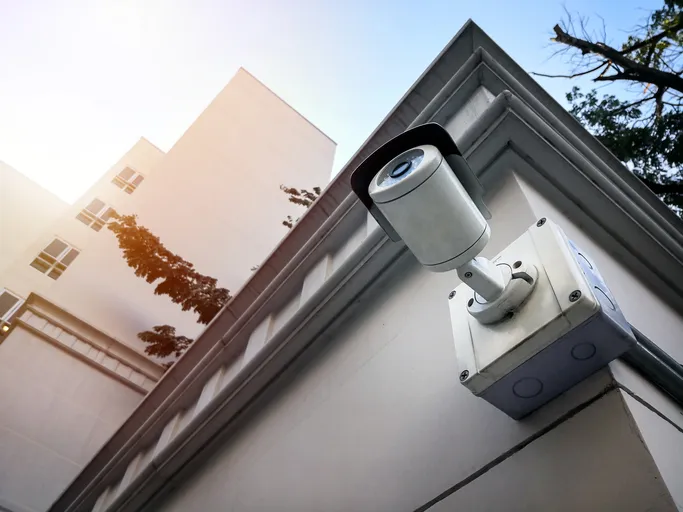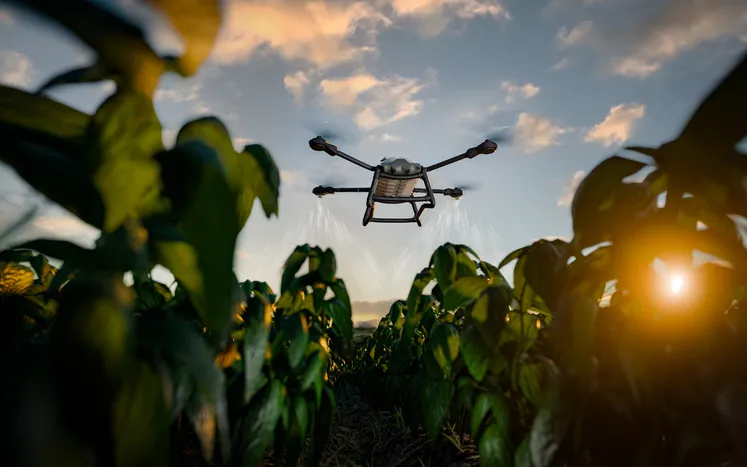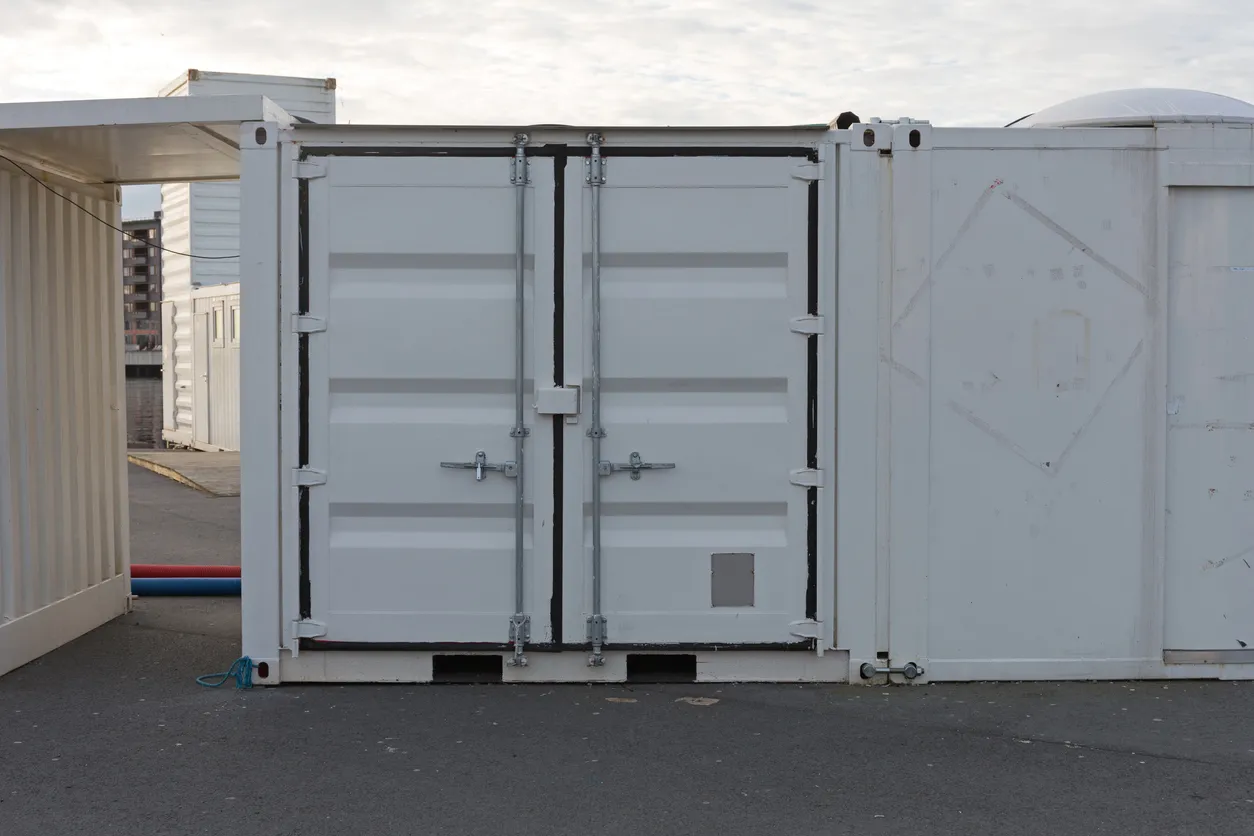Russian Scientists Develop Algorithm for Rapid Antenna Design

Russian researchers at the Moscow Institute of Physics and Technology have unveiled a groundbreaking algorithm that slashes antenna design times from thousands of iterations to mere hundreds—paving the way for faster, more efficient Wi‑Fi, satellite links and drone communications for everyday users
Revolutionizing Patch‑Antenna Design
For decades, engineers have relied on a manual trial‑and‑error approach—tweaking a patch‑antenna’s shape and material properties, running full‑scale electromagnetic simulations, then repeating the cycle thousands of times. The new method replaces this cumbersome process with a streamlined mathematical model that “learns” optimal geometries as it goes, discarding unpromising variations early and zeroing in on best‑in‑class performance in one‑tenth the time. As MIPT engineer Maxim Artyushin explains, “It’s like machine learning for antenna shapes: each step refines the design automatically, rather than by brute‑force simulation.”
Patch‑antennas—essentially flat metal radiators printed on dielectric substrates—are ubiquitous in compact devices, from smartphones and home routers to satellites and drones. Traditionally limited to simple rectangles or circles, these antennas can now assume intricate topologies tailored to specific frequency bands or environmental conditions, dramatically boosting efficiency in dynamic settings—such as high‑speed drones navigating urban airspace.
Universal Applications and Real‑World Benefits
The algorithm’s versatility spans consumer and industrial domains alike. For home users, it means Wi‑Fi routers with more consistent coverage and multi‑band support, delivering stronger signals in every room. In agriculture, drones equipped with optimized antennas can maintain stable command links even amidst shifting fields and foliage. For satellite operators, the method accounts for the harsh constraints of low‑Earth orbit, enabling compact, high‑gain antennas that thrive in vacuum, radiation and temperature extremes.
“Designing an antenna for a multi‑band system used to be a months‑long project,” notes Alexey Kosmynin of Matrix Wave. “Now, engineers can iterate in days, or even hours—freeing them to explore novel shapes for ultra‑wideband and multi‑frequency support.”
Already integrated into industry‑standard tools FEKO and DT Seven, the approach has been validated on dual‑band prototypes—reducing required simulation cycles by up to 90%.
Analytics, Ecosystem Challenges and Next Steps
A key strength lies in the algorithm’s data‑driven analytics: it quantifies how minute shape tweaks impact bandwidth, directivity and gain, then charts an optimized path through the design space. This contrasts sharply with legacy workflows, which often get “stuck” exploring only familiar configurations.
However, as cybersecurity and standards expert Dr. Alexander Zyamytin points out, Russia’s hardware innovations still lack a supporting ecosystem—there’s no large developer community, formal certification tracks or turnkey support infrastructure. “The software picks the ideal shape,” he says, “but engineers still need training, and end users need reliable service channels.”
Anton Averyanov, CEO of ST IT Group, likens the process to machine learning pipelines: “You get a great candidate design quickly, but final validation—prototyping, environmental testing and compliance checks—remains critical.”
Looking ahead, Russian scientists plan to open‑source key components, inviting global collaboration on toolchains and certification standards. For consumers and industries alike, the payoff promises faster roll‑out of next‑generation wireless technologies—from seamless 8K streaming at home to resilient, autonomous drone fleets in smart cities.







